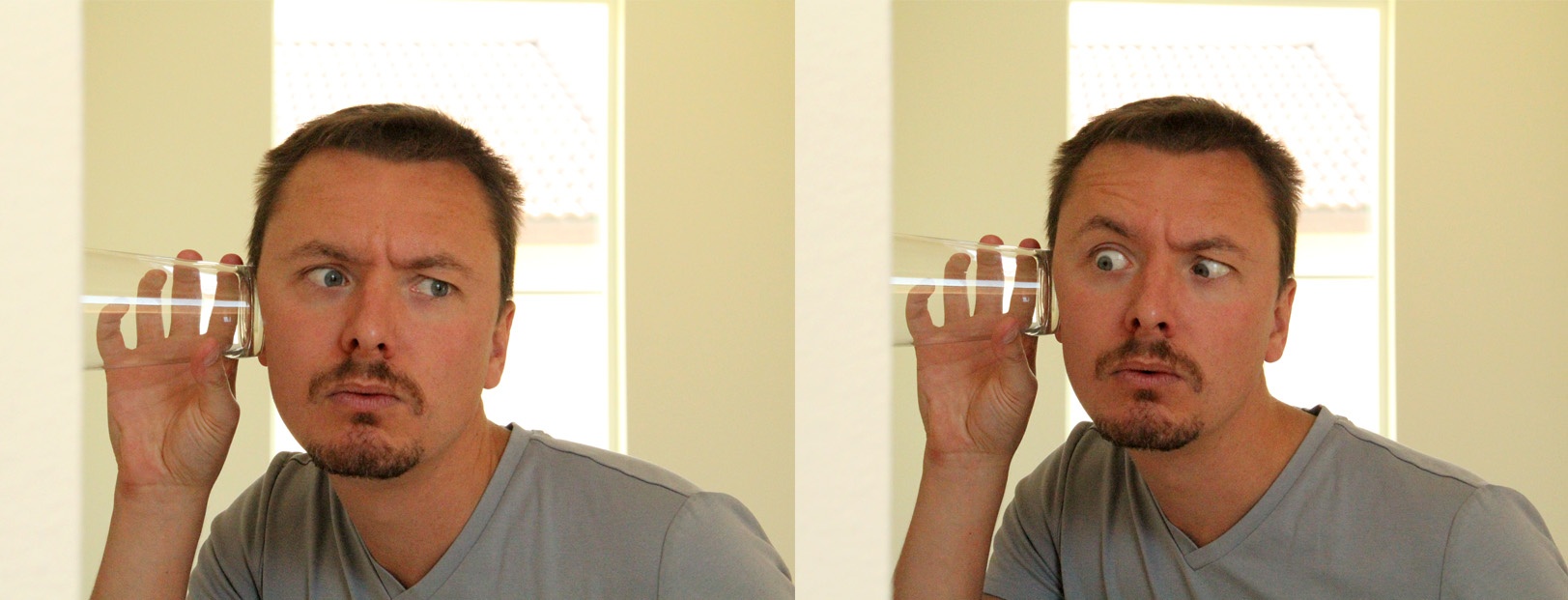1) Post Regularly
This really is the number one tip. Think about it, if you join a project and you don’t see other people doing much on a regular basis you’ll lose motivation fast and then you’re not posting anything either. So think in reverse and make sure there’s a good amount of updates and content being posted to an activity feed so that everyone can check in, and stay motivated. But equally, encourage the team to post often. The team lead can’t do it all, but if everyone on the team posts at least twice as often as they’d normally think to ,then you’ll have a good feed of activity that keeps everyone motivated. A slow down in posts will be sensed by anyone visiting regularly and starts to make them wonder if things are dying.
2) Post non-Privately
This is related to posting often. A lot of team members will reach out to the director privately by default, but most of the conversations taking place would actually help the rest of the team and a team member might have a good response too. So add it to the activity feed, post publicly (or to the activity feed the team can see). It also helps with keeping the quantity of activity posts up, motivating the team.
3) Instant Messenger
Using an instant messenger that everyone on your team has access to is extremely helpful at solving problems quickly and giving a feeling that your team is ‘present’ and participating. We’re using Slack on The Wrong Rock which is a logical extension of an instant messenger including themed threads, which act a lot like forum threads. It enables us to start a conversation about a specific sequence, or topic and keep the chat mostly on topic. It’s also on lots of devices so someone can post a question and get a response quickly as I’ll be able to pick it up on my phone if I’m not on a computer with access to it.
4) Video Chat
Try to meet your team face to face from time to time. Certainly in the initial phases of bringing someone onto the project it helps to build trust. We have regular team meetings over Zoom and that helps. Not all team members participate but the ones that do appreciate being able to speak face to face. Do try to avoid meetings for meetings sake though. Sometimes I do feel like we do too many and it can be non-productive. But get the frequency right and vary the times so all your international team members can attend at some point.
5) Video Chat Equipment
Have a decent web camera and microphone on a good connection if you can. It’s so easy to disrupt the flow of a team meeting by spending several minutes trying to get the sound and video to work. It’s the number one reason people are put off video chat. But when you’ve put so much effort into getting that team together and talking you don’t want to squander it by letting bad sound and video ruin things.



Thanks Michael! Really helpful and insightful tips! One thing I have learned that also might help. Don’t forget to ask people how they are doing outside of the project. What’s going on in their personal/professional lives. It really helps build trust and a good repoire, but only if you are genuinely interested. Thanks for posting this!